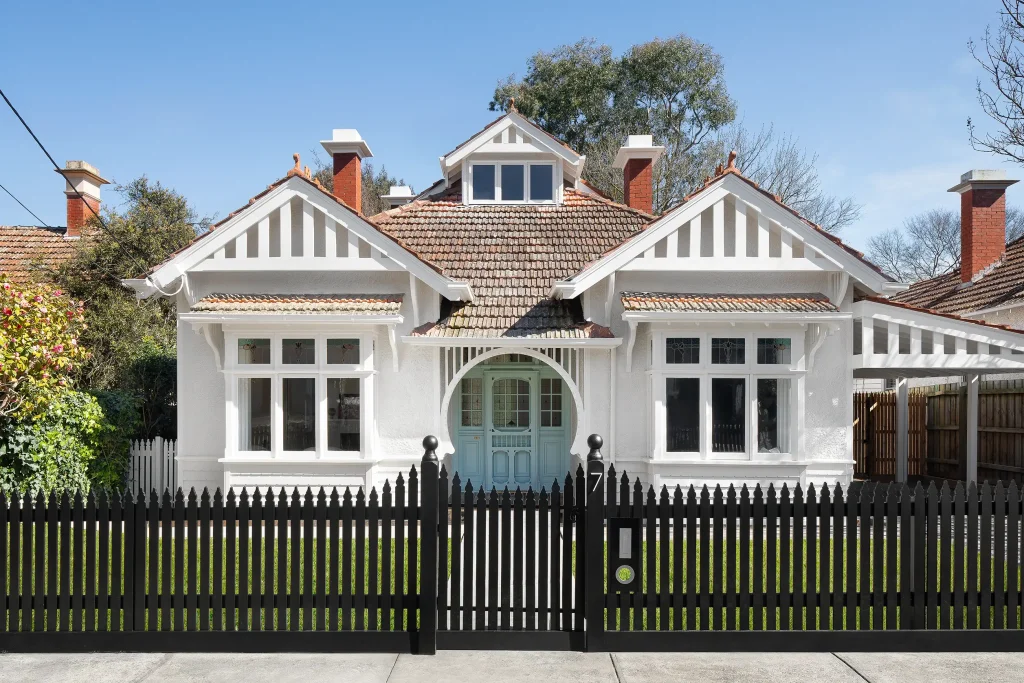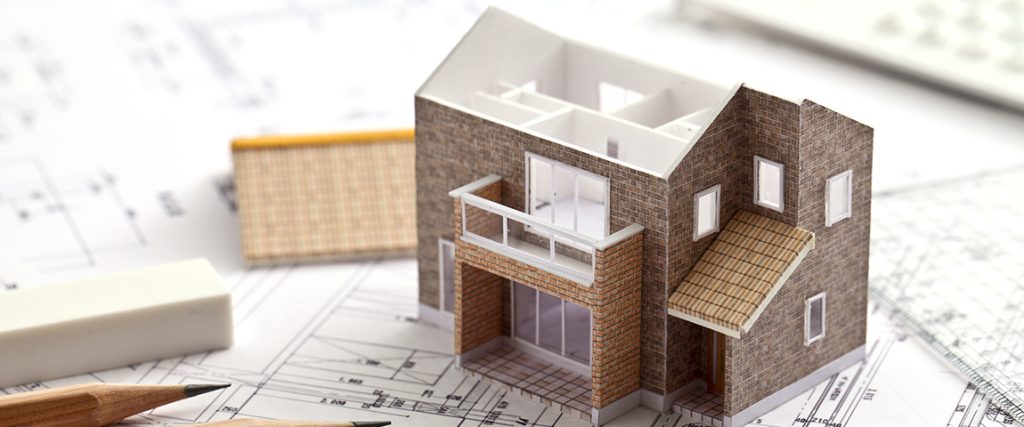When it comes to creating a home that embodies both elegance and practicality, house and land wagga stands as a shining example of how modern living can blend seamlessly with timeless craftsmanship. Every detail from foundation to finishing touch reflects a commitment to quality construction, inspired design, and ultimate comfort.
Building Excellence from the Ground Up
A truly exceptional home begins with exceptional construction. Each step in the building process is handled with care, precision, and passion. Builders who value excellence ensure that every home is more than just a structure it is a lasting statement of durability and distinction.
Key elements of superior construction include:
- Premium materials that ensure strength and longevity.
- Expert craftsmanship focused on flawless execution.
- Sustainable practices that minimize environmental impact.
- Meticulous inspections guaranteeing safety and reliability.
Quality construction is not just about walls and roofs it is about creating spaces where families feel safe, inspired, and proud every single day.
Inspired Home Design that Reflects You
Modern homeowners desire spaces that express their individuality while maintaining a sense of flow and function. Inspired home design brings together aesthetic beauty and practical layout creating a perfect balance between creativity and comfort.
Features of inspired design include:
- Open-plan living that enhances light and connection.
- Stylish kitchens designed for both elegance and efficiency.
- Tranquil bedrooms that invite rest and rejuvenation.
- Custom finishes that reflect personal style and modern taste.
When design is inspired, every room tells a story one that mirrors your vision of home, lifestyle, and happiness.
Comfort that Feels Effortless
Modern comfort is not about luxury alone it is about thoughtful touches that make life easier, cozier, and more enjoyable. From energy-efficient systems to ergonomic layouts, true comfort is built into every corner.
Elements that enhance everyday comfort:
- Smart home features for convenience and security.
- Natural light and ventilation that nurture well-being.
- Climate control systems designed for year-round ease.
- Noise reduction for peaceful, private living spaces.
Every home should feel like a sanctuary a place where comfort meets innovation and every day feels a little more inspired.
Where Dreams Take Shape
When quality construction, inspired design, and modern comfort come together, the result is a home that transcends expectations. It is more than just a place to live it is where your story begins and your dreams find their foundation.





